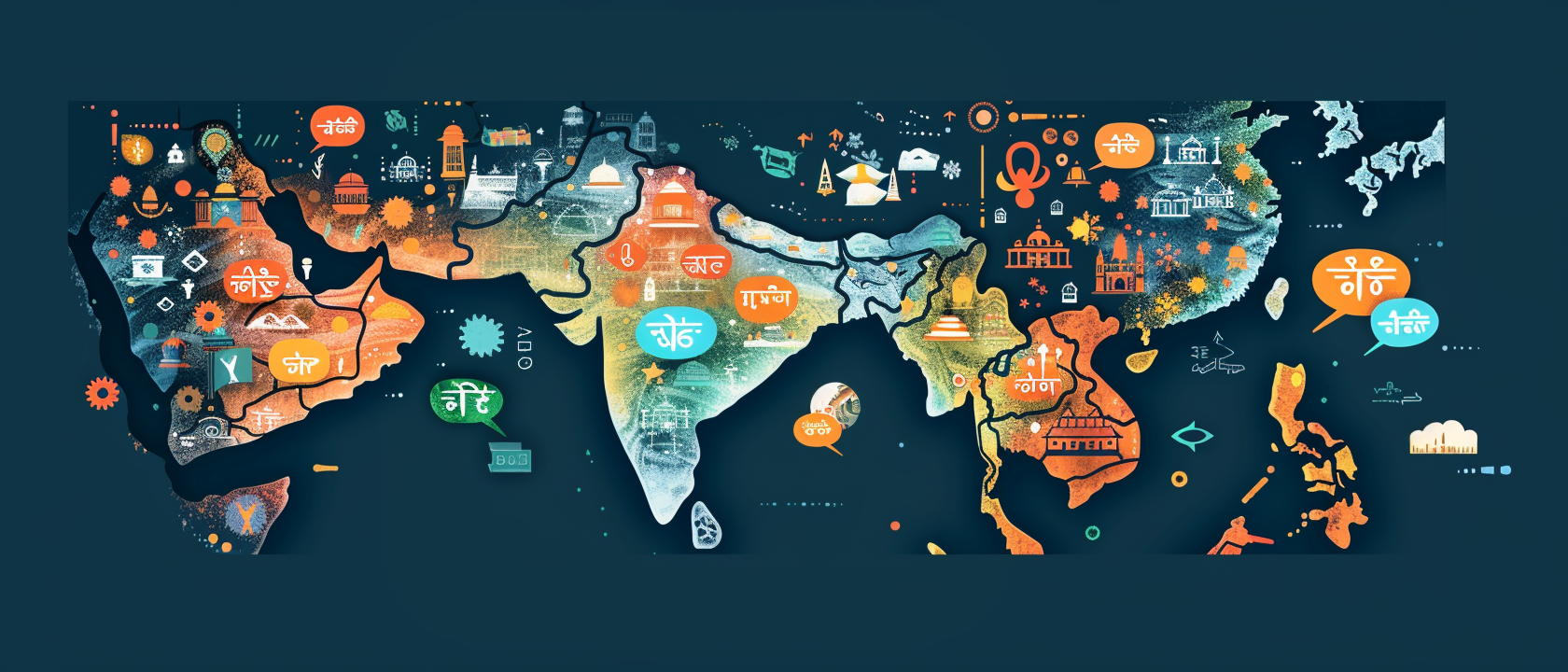Exploring Initiatives and Challenges

A nation witnessing rapid technological advancements, faces a significant challenge: the digital divide. How many marginalized people do you see using ChatGPT, Sora, Gemini, Dalle-E or Midjourney?
This gap separates individuals with access to information and communication technologies (ICTs) from those without, hindering their access to education, healthcare, economic opportunities, and overall societal participation. But can artificial intelligence (AI) play a role in bridging this divide?
Understanding the Divide:
The digital divide in India manifests in various forms:
- Infrastructure disparity: Limited access to reliable internet connectivity, particularly in rural areas, hampers online access.
- Device accessibility: The affordability of smartphones and computers remains a challenge for many, restricting their ability to engage with the digital world.
- Digital literacy: Lack of awareness and skills in using digital tools further widens the gap.
These factors collectively restrict nearly half of India’s population from accessing the benefits of the digital world, exacerbating existing social and economic inequalities.
AI: A Potential Bridge Builder?
While AI itself does not directly bridge the digital divide, it holds immense potential to develop and implement solutions that can address its underlying causes. Here are some promising approaches:
- Low-bandwidth AI solutions: By designing AI models that require minimal internet connectivity and computing power, solutions can be tailored to function effectively even in areas with limited infrastructure.
- AI-powered vernacular language processing: Developing AI models that understand and process local languages can overcome language barriers, making information and resources accessible to a wider population.
- AI-based education: Personalized learning platforms powered by AI can cater to individual learning styles and needs, potentially improving educational outcomes, especially in underserved regions.
Initiatives Bridging the Gap:
Several initiatives are already leveraging AI to bridge the digital divide in India:
- IIT Bombay students create an AI based app that translates scientific papers from English to Hindi. https://indiaai.gov.in/news/iit-bombay-designs-ai-based-translation-app-to-help-students-from-linguistic-minorities
- EkStep Foundation: This non-profit organization uses AI to personalize learning experiences for children in rural areas through their adaptive learning platform. (https://in.linkedin.com/company/ekstep-foundation)
Challenges and the Road Ahead:
Despite the potential, addressing the digital divide through AI requires overcoming significant challenges:
- Ethical considerations: Ensuring AI solutions are unbiased, inclusive, and used responsibly is crucial to prevent further marginalization of vulnerable communities.
- Data privacy concerns: Implementing AI solutions must prioritize data privacy and security, addressing concerns around data collection and usage.
- Sustainability and scalability: Developing and deploying AI solutions in resource-constrained settings requires focus on cost-effectiveness and scalability to reach broader populations.
In conclusion, while AI is not a silver bullet for bridging the digital divide, it holds immense potential to complement existing efforts and develop innovative solutions. By addressing the challenges and fostering responsible development, India can harness the power of AI to create a more inclusive and equitable digital future for all its citizens.




